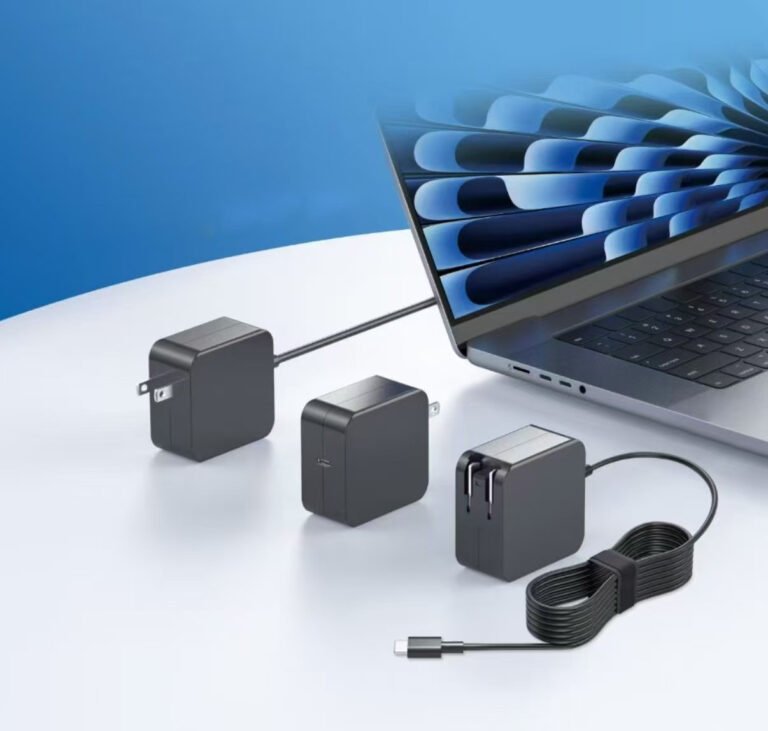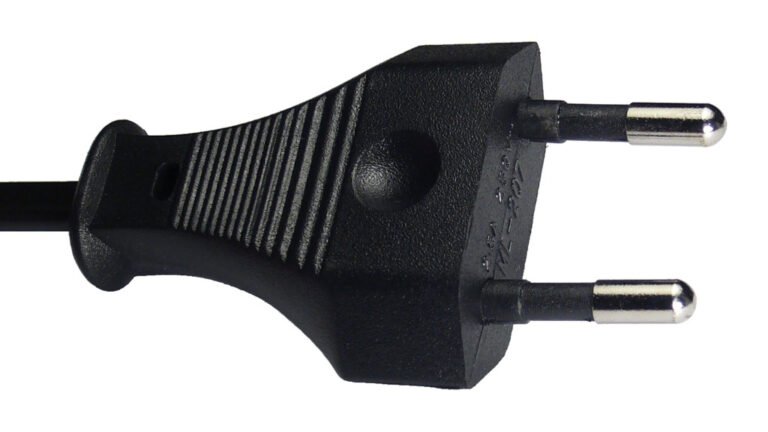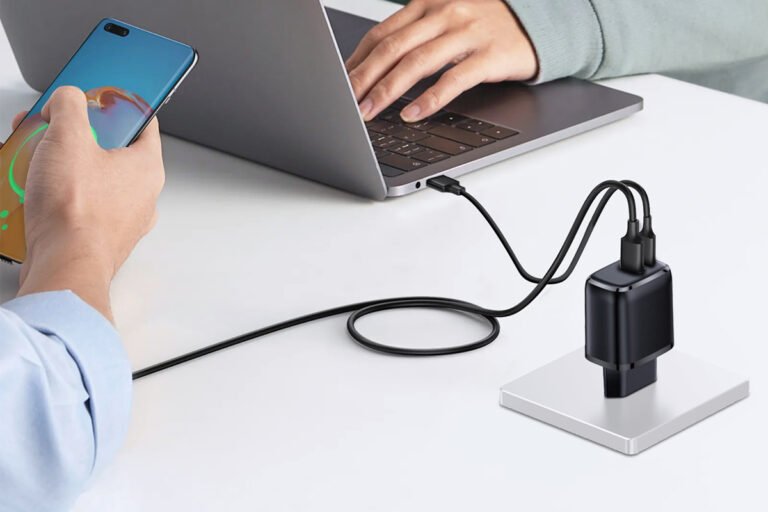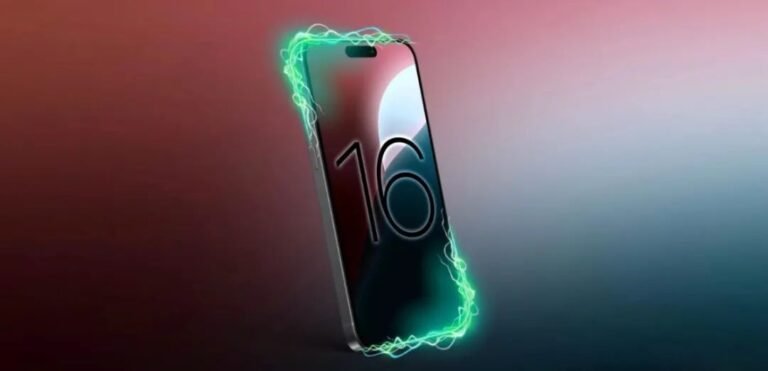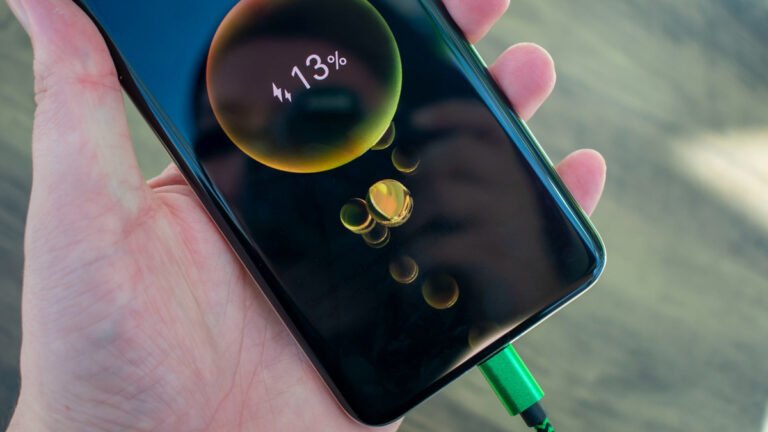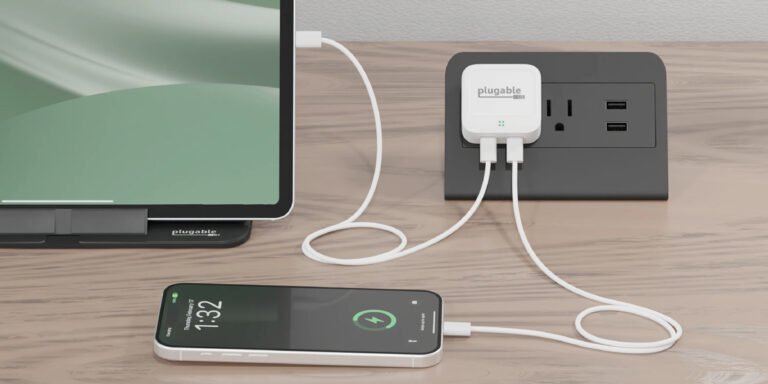Introduction
One day, no matter where you go, you can charge your phone anytime and anywhere by just placing it on the phone. Eating, singing karaoke, washing feet, drinking coffee, eating hot pot, chatting, taking a train, flying… No matter where you are, you can charge your phone by just placing it on the phone. In the past, we thought it was a magical thing. But now, the magic is being realized little by little and is becoming a daily routine. Today, let’s explore the past and present of this magical technology.
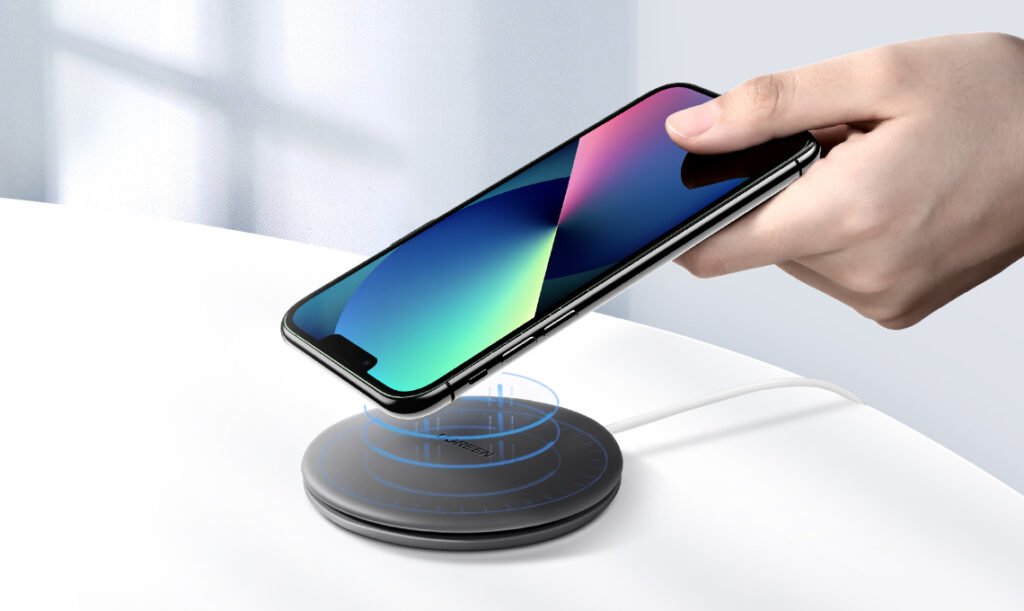
What is wireless charging?
A wireless charger is a charger that does not use a traditional charging power cord to connect to the terminal device that needs to be charged. It uses the latest wireless charging technology to transmit electrical energy by using the alternating magnetic field generated between coils. Inductive coupling technology will become a bridge connecting charging base stations and devices.
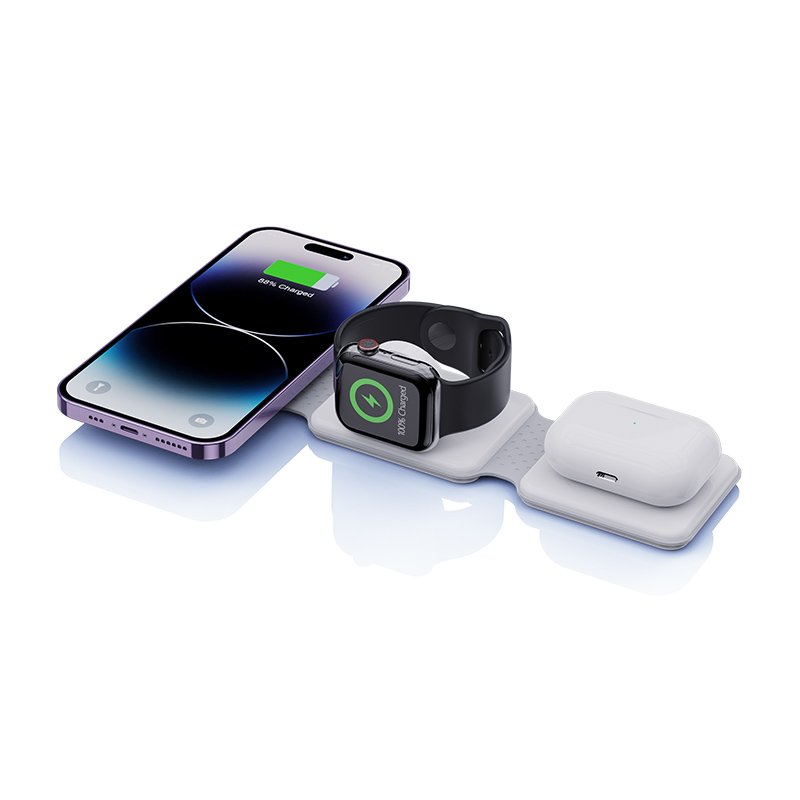
Wireless charging technology received 20 patents in 2007. Multiple devices can use a charging base station. One day in the future, wired charging of mobile phones, MP3 players, power tools and other power adapters will no longer exist.
How did wireless charging technology come about or develop?
As early as the 1830s, Michael Faraday discovered that changes in the surrounding magnetic field would induce an electric current in a wire.
In the 1890s, Serbian scientist Nikola Tesla applied for the first patent.
Unfortunately, research in this area was delayed for a century. The biggest obstacle was that the transmission efficiency was too low and dangerous. Electromagnetic radiation is only suitable for transmitting information, not energy. Because radiation has no directionality, energy will be wasted in useless space. Some people have envisioned using directional electromagnetic radiation, such as lasers, but it is not very practical and extremely dangerous.
Professor Xu Shuyuan of the Department of Electronic Engineering at City University of Hong Kong successfully developed a “wireless battery charging platform” a few years ago. It can place several electronic products on a charging platform without external wires. It charges automatically through low-frequency electromagnetic fields, and the charging time is the same as that of traditional chargers. However, this technology still requires contact between the product and the charger, and it mainly uses the principle of near-field electromagnetic coupling.
Researchers at the Massachusetts Institute of Technology have made new progress in wireless power transmission. They used a power source two meters away to light up a 60-watt light bulb “across the ground.”
Soliacic’s design, non-radiative wireless energy transmission has a distance limit, and the smaller the receiver, the shorter the distance. He calculated that an object the size of a laptop can receive wireless energy transmission within a few meters, “so that installing a transmitter in each room can power laptops throughout the house.”
Soljacic hopes to increase efficiency to 70% to 80% by using different materials and improving technology. They believe that the improved equipment will be able to wirelessly charge laptops, mobile phones and other devices within 3 to 5 years.
How does wireless charging work?
When talking about wireless charging technology, we must first talk about the Tesla coil. I believe that people who have studied high school physics will not be unfamiliar with the Tesla coil invented by Nikola Tesla in 1891. This is the prototype of all wireless charging technologies today.
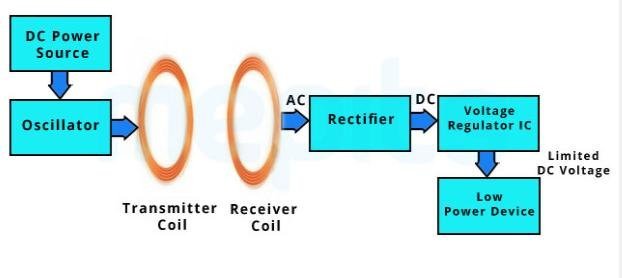
In colloquial terms, the principle is very simple, which is the “principle of magnetic resonance technology” we learned in junior high school physics class. To put it more simply, electricity generates magnetism, and magnetism generates electricity! The magnetic field is generated by the coil and then passed through the receiving coil to convert the magnetic field into electricity.
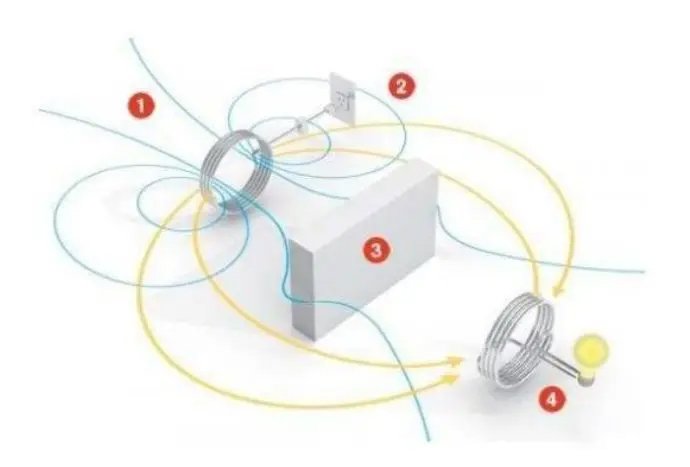
Tesla coils are mainly composed of two coils, one of which is connected to a power source whose current direction changes periodically over time. Under the action of this current, the first coil will generate a constantly changing magnetic field in space, and the second coil will be induced in this magnetic field to generate current, thereby lighting up the light bulb on the second coil. Replacing this light bulb with a battery will become wireless charging. The principle can be roughly understood as follows: When the strings vibrate, the vibration waves will be transmitted to the surrounding objects, causing the surrounding objects to vibrate as well.

To be more specific, the wireless charging system mainly uses the principle of electromagnetic induction to achieve energy transfer through energy coupling through coils. As shown in the figure, when the system is working, the input end converts the AC mains into DC power through a full-bridge rectifier circuit, or uses a 24V DC power end to directly power the system.
The DC power outputted by the power management module is converted into high-frequency AC power by a 2M active crystal oscillator inverter to supply the primary winding. The energy is coupled through two inductor coils, and the current outputted by the secondary coil is converted into DC power by a receiving conversion circuit to charge the battery.
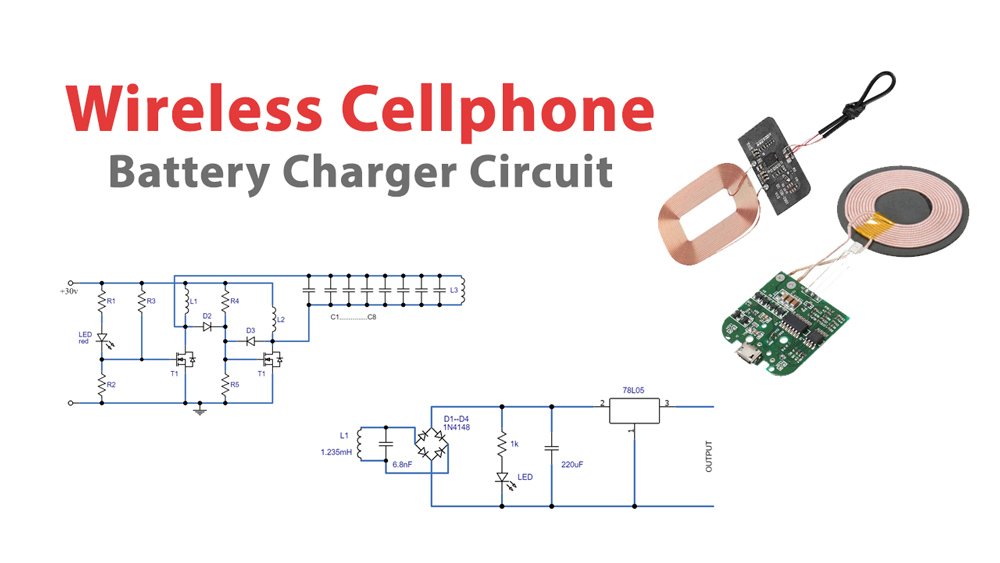
A changing magnetic field will produce a changing electric field, and a changing electric field will produce a changing magnetic field. The sizes of these two fields are related to their rates of change. The rate of change of the sine function is another sine function, so the electromagnetic waves can propagate. The generation of induced voltage is related to the change of magnetic flux, so the changing magnetic field inside the coil generates an induced voltage, thereby completing the charging process.
To sum up, the principle of mobile phone wireless charging is to separate the primary and secondary of ordinary transformers to achieve the purpose of wireless. Of course, the working frequency of wireless charging is relatively high, and even the iron core can be discarded to directly transfer energy between coils.
Features of wireless charging
1) In theory, wireless charging technology is safe and harmless to the human body. The resonance principle used in wireless charging is magnetic field resonance, which is only transmitted between coils that resonate at the same frequency, and other devices cannot receive the band. In addition, the magnetic field used in wireless charging technology itself is harmless to the human body. However, wireless charging technology is a new charging technology after all, and many people are worried that wireless charging technology will have problems like when Wi-Fi and mobile phone antenna poles first appeared, but in fact the technology itself is harmless.
2) Wireless charging technology uses magnetic resonance to transmit electrical energy in the electric and magnetic fields between the charger and the device, and the coil and capacitor form resonance between the charger and the device.
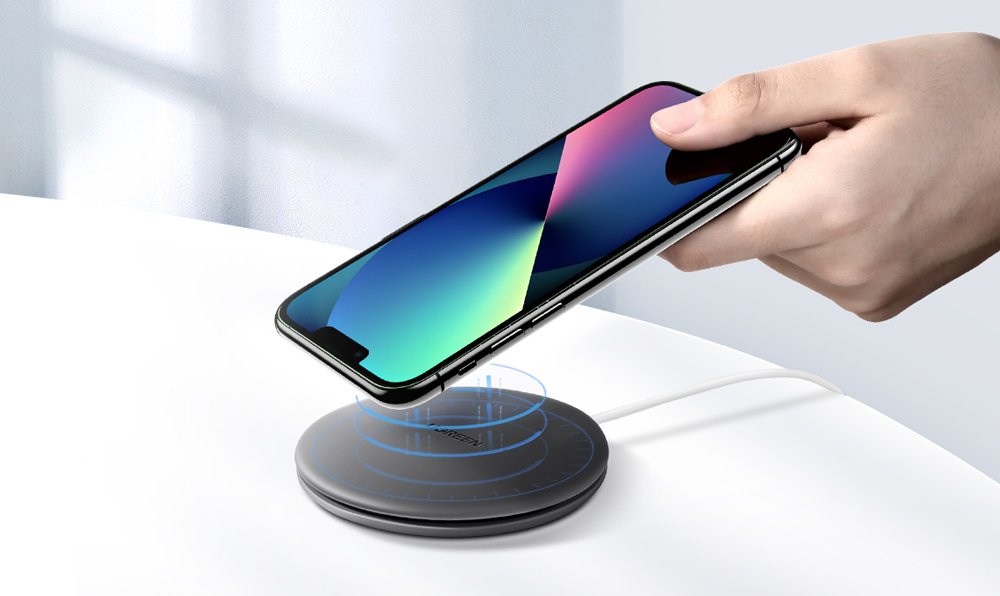
3) This system can be widely used in life and production, such as charging areas for electric vehicles and power transmission for computer chips. By then, the charging time required for the charging system developed using this technology will be only one hundred and fifty times that of the current one.
4) Conversion rate has always been a concern for many people. MIT’s research shows that the loss of wireless charging technology is lower than that of wired charging technology. The conversion rate of wireless charging is several percentage points higher than that of wired charging. High conversion is also a key factor in the global application of wireless chargers. However, wireless charging technology is also limited by distance. Future development will inevitably need to solve the problem of accurate positioning of bands and magnetic field ranges for long-distance transmission.
5) The core chip is one of the difficulties in the application of wireless charging technology in products. Precise radiation range control, magnetic field frequency, and other controls are all achieved by the chip.
Different types os wireless charging
There are many types of wireless chargers on the market. So what types of wireless chargers are there? Let’s take a look!
▼ Base-type wireless charging
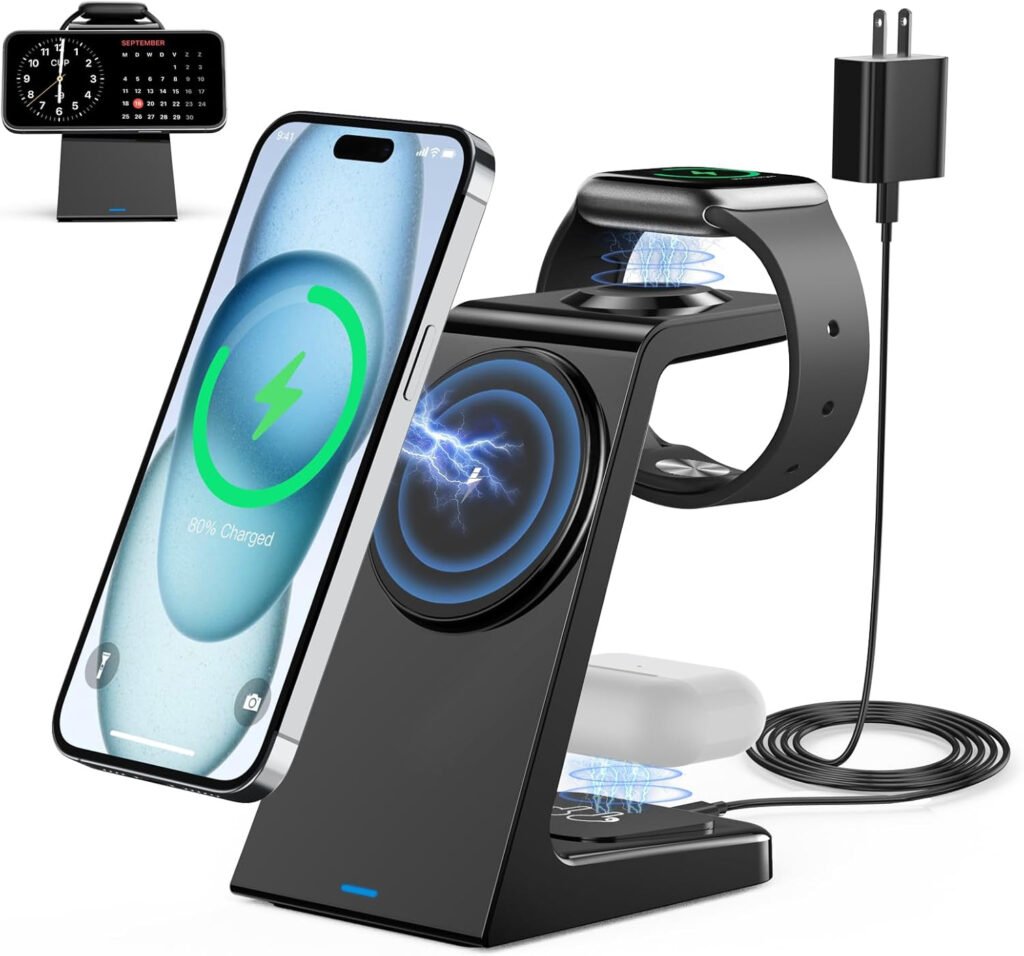
The small disc base design is currently the mainstream design for wireless charging. Whether it is Samsung, Huawei, Xiaomi or third-party brands, they basically use wireless charging with this appearance.
▼ Vertical stand wireless charging
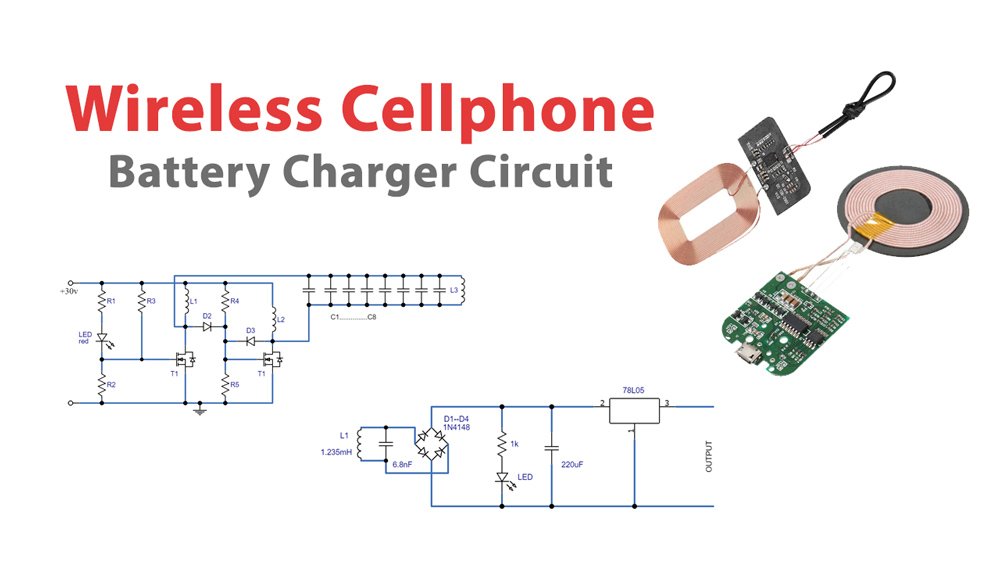
The vertical stand wireless charger has a similar charging design to the wireless dock, but is more user-friendly. This wireless charger can be placed anywhere and charged without being bound by data cables. It can also serve as a mobile phone stand, allowing users to chat on WeChat, read news, etc. while charging.
▼ Separate wireless charging case
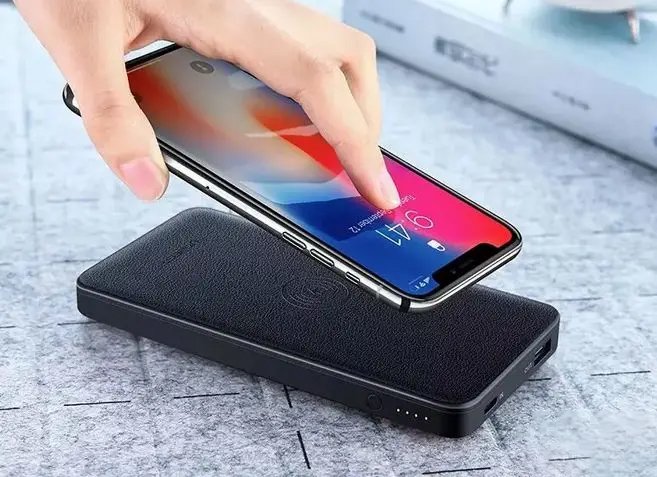
The detachable wireless charging back clip case is equipped with wireless charging technology. This wireless charging back clip case is different from the traditional plug-in back clip case power bank. It adopts magnetic induction charging, and the mobile phone can be charged by adsorbing it.
It can completely avoid plugging and unplugging and getting rid of data cables, and you can make calls, take photos, etc. while charging. It can be said that the wireless charging back clip can make charging more flexible and make outdoor wireless charging more convenient.
▼ Wireless charging power bank
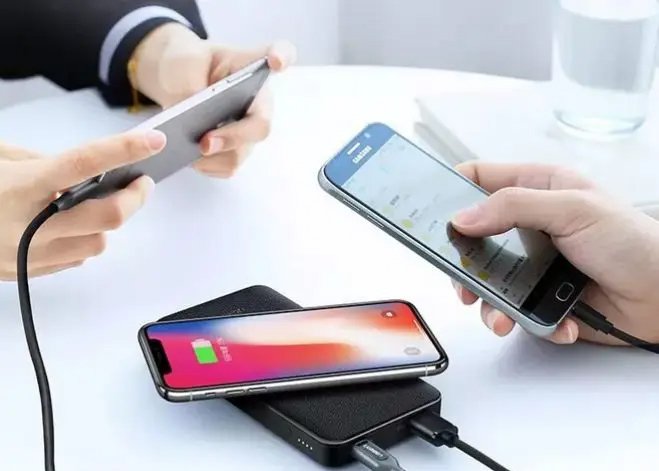
Wireless charging power bank is a wireless charging that combines wireless charging and power bank technology. Simply put, this is a wireless charging power bank that can be charged wirelessly and with a data cable.
The special wireless charging USB port supports QC3.0 and Huawei FCP fast charging protocols, which can quickly charge mobile phones. In addition, the wireless charging design plus two data line interfaces can support up to three mobile phones to charge at the same time.
▼ Car wireless charging
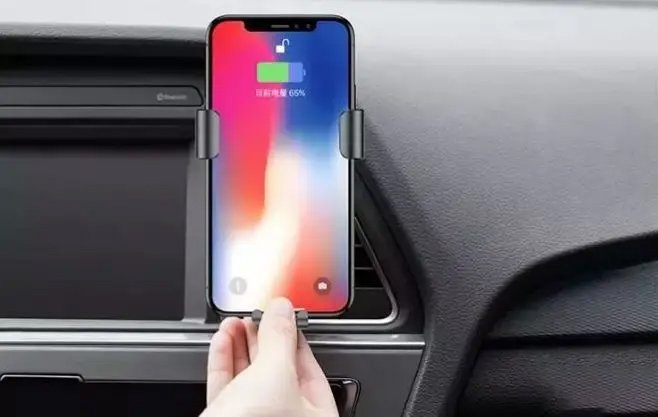
In-car wireless charging is a charging mode with a car-mounted bracket and wireless charging design. It is mainly convenient for mobile phone navigation and charging in the car, and it is also very practical.
Car wireless charging is the same as ordinary wireless charging. The phone does not need to be plugged in. It can be taken in and put in with one hand and charged automatically. Currently, most of them only support iPhone 8 series and iPhone X phones.
Tips for choosing the right wireless charger
- Clarify the charging protocol version
There are currently two major international mainstream industry standards for wireless charging. One is the QI standard of the Wireless Power Consortium (WPC), and the other is the AirFuel Alliance. These two standards have unified regulations for the performance, technical parameters, compatibility, safety, etc. of wireless charging products, and have strict certification standards.

The Qi wireless charging standard is a very mature standard that was implemented as early as 2008. Many Android phones on the market today use this standard.
The charging method does not require any wires, and the mobile phone device can be charged directly by placing it on the charging pad.
- Try to choose a power of 20 W or above
As technology becomes more mature, more and more people are pursuing charging speed. For the sake of the future, we recommend that you try to choose a wireless charger with a power of more than 20W when buying a wireless charging device.
Everyone knows that the maximum power supported by wireless charging on iPhone 16 is only 15W. In the future, with the upgrade of software system, iPhone16’s support for wireless charging will gradually increase, and it is only a matter of time before it can unlock higher power.
So buy a high-power wireless charger that you can use all the time.
- The temperature of the wireless charger must be controllable
There will be a certain amount of power loss during wireless charging. This part of power is converted into heat, which will keep the phone and wireless charger warm. A high-quality wireless charger can control the temperature below 40℃, which is warm to the touch and belongs to the normal range. It also has a temperature control function, which automatically cuts off the power when the temperature is too high.
- Choose products from large manufacturers and professional brands
The principle of wireless chargers seems simple, but the performance is very particular. There are not only differences in charging efficiency, charging speed, and charging temperature, but also in sensing sensitivity, stability, safety, durability, overvoltage protection, foreign object detection, etc. Products with a price as low as 30 yuan can also have basic wireless charging functions, but the performance and quality are much worse, the charging experience is greatly reduced, the service life is relatively short, the damage to the mobile phone is relatively large, and there are even certain safety hazards.
- What is a suitable price?
Rich people want to buy Mophie and Belkin wireless chargers that are already on sale on Apple’s official website. Nothing wrong with that, rich people can do whatever they want.
In terms of charging speed, appearance, design, and other aspects, it is actually not much different from the third-party brand Qi wireless chargers that cost about 30$. So the price of a regular wireless charger is about 30$. Of course, if you have higher requirements for size, appearance, and innovation, the price will be higher.
The future of wireless charging
The development of any technology is based on the principles of safety, convenience and efficiency. In the future, the improvement and development of wireless charging technology will naturally be carried out around these aspects. Based on my personal hope (or ideal), the future of wireless charging after the technology matures should be like this:
1) Security
There are no factors such as radiation, leakage, etc. that people can worry about.
2) Convenience
As mentioned at the beginning of the article, whether in the car, office, cafe, restaurant, station, etc., there are charging stations everywhere. As long as your device is out of power, as long as you need to charge, there are charging facilities anytime and anywhere, and you don’t have to endure the anxiety caused by the phone running out of power.
3) Efficiency
Since it is efficient, it can naturally charge many devices at the same time, including multiple mobile phones, multiple cars, etc. Otherwise, if you have to wait in line to charge one by one, it will lose its greatest convenience, right?
One of the most ideal scenarios is to install a wireless charger at home, so that any electrical device at home, whether it is a computer, mobile phone, TV, or electric car, can be kept fully powered at all times. Isn’t this a wonderful life, right?
4) Fast
Fast is actually a kind of efficiency. Let’s talk about them separately.
The most important function that wireless charging has not yet achieved is speed. It takes two hours to fully charge a battery with a wired charger, but four hours to fully charge a battery with a wireless charger. This charging speed is undoubtedly its biggest fatal flaw, which prevents it from being quickly promoted.
When wireless charging technology matures in the future, a mobile phone that takes 2 hours to fully charge with a wired charger will only take one hour, or even half an hour, to fully charge in ten minutes. How much more comfortable it will be. By then, it will be natural and undoubted that all wired devices will be replaced by wireless ones.
Wireless charging is a relatively new technology that is still in the development stage. Its technology is becoming more mature day by day. I believe that with the rapid development of science and technology, the day when wireless replaces wired charging and wired charging disappears from the world will soon come.

